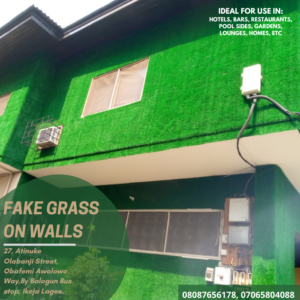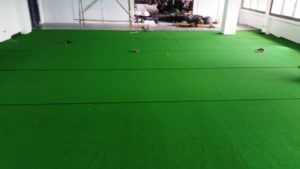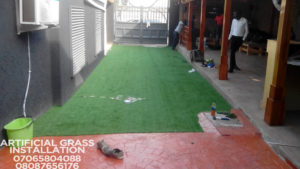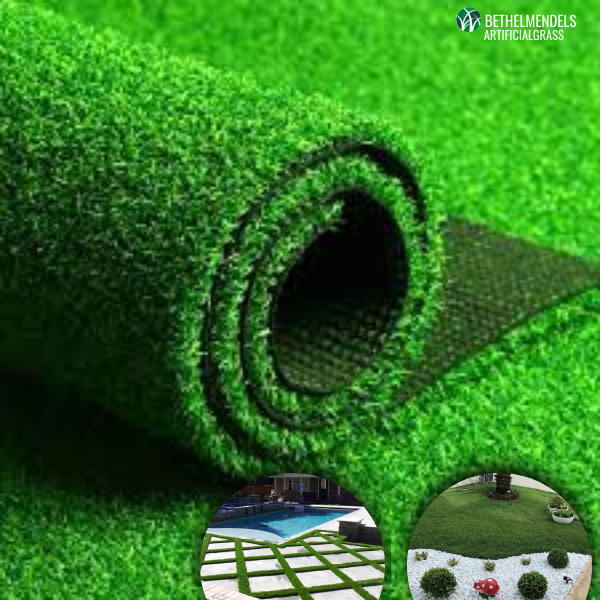
Introduction
In the realm of landscaping and design, Evolution of Artificial Grass has undergone a remarkable transformation over the years. Once viewed as a simple alternative to natural grass, it has now become a sophisticated solution offering a blend of innovation, sustainability, and performance. In this comprehensive guide, we’ll delve into the fascinating journey of artificial grass, exploring its evolution, the latest innovations, its sustainability benefits, and how it enhances performance for various applications. Whether you’re an interior or exterior designer, a building contractor, a business owner, or a homeowner, this article aims to provide valuable insights into the world of artificial grass.
Evolution of Artificial Grass:
Artificial grass, also known as synthetic turf or fake grass, has a history that dates back several decades. Initially developed as a practical solution for sports fields and recreational areas, its popularity has soared in recent years, extending beyond athletic facilities to residential and commercial landscapes. The evolution of artificial grass can be traced through key milestones, each marking a significant advancement in technology and design.
Early Developments
The origins of artificial grass can be traced back to the mid-20th century when it was first introduced as a playing surface for sports such as football and soccer.
Early iterations of artificial grass were characterized by short pile heights and minimal cushioning, offering a surface that mimicked natural grass but lacked durability and resilience.
Technological Advancements Of Evolution of Artificial Grass
The 21st century witnessed a paradigm shift in artificial grass technology, driven by advancements in materials science and manufacturing processes.
Innovations such as polyethylene and polypropylene fibers revolutionized the industry, offering a more realistic look and feel compared to earlier generations of synthetic turf.
Improved drainage systems and infill materials further enhanced the performance and longevity of artificial grass, making it suitable for a wider range of applications.
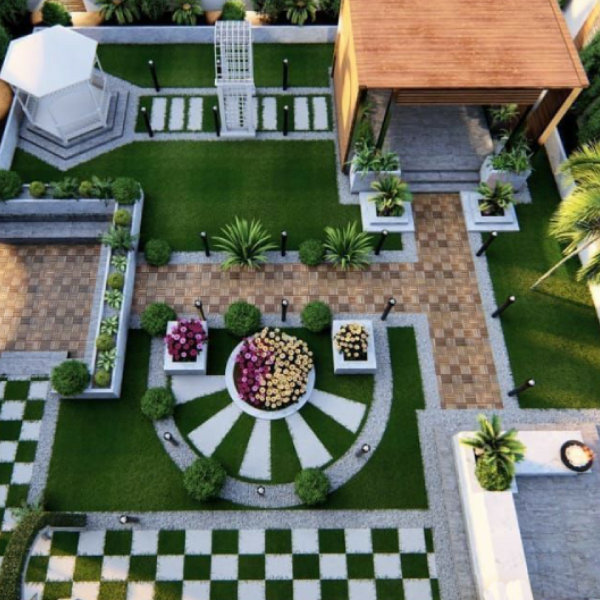
Eco-Friendly Solutions
As environmental awareness grew, manufacturers began developing eco-friendly alternatives to traditional artificial grass systems.
Recyclable materials, such as reclaimed rubber and recycled plastic, are now commonly used in the production of artificial grass, reducing its carbon footprint and environmental impact.
Sustainable installation practices, such as water-efficient irrigation systems and permeable base layers, contribute to the eco-friendliness of artificial grass installations.
Customization And Design
Modern artificial grass offers a level of customization and design flexibility that was previously unimaginable.
Homeowners and business owners can choose from a wide range of blade shapes, colors, and textures to create the perfect landscape design for their needs.
Advanced manufacturing techniques, such as tufting and weaving, allow for intricate patterns and designs that rival natural grass lawns.
Evolution of Artificial Grass Sustainability Benefits
In addition to its aesthetic appeal and performance advantages, artificial grass offers numerous sustainability benefits that appeal to environmentally conscious consumers. These include:
Water Conservation
One of the most significant advantages of artificial grass is its ability to conserve water, especially in regions prone to drought.
Unlike natural grass lawns, which require regular watering to maintain their lush appearance, artificial grass remains green and vibrant with minimal water usage.
Reduced Chemical Usage
Maintaining a natural grass lawn often involves the use of fertilizers, herbicides, and pesticides, which can leach into the soil and waterways, posing environmental risks.
Artificial grass eliminates the need for these chemical inputs, creating a safer and healthier outdoor environment for families, pets, and wildlife.
Lower Maintenance Requirements
Traditional lawn maintenance activities, such as mowing, edging, and fertilizing, contribute to air and noise pollution, as well as greenhouse gas emissions.
With artificial grass, maintenance tasks are significantly reduced, leading to fewer emissions and a smaller ecological footprint.
Performance Enhancements
Beyond its sustainability benefits, artificial grass offers several performance enhancements that make it an attractive choice for a variety of applications. These include:
1. Durability and Longevity
High-quality artificial grass is engineered to withstand heavy foot traffic, extreme weather conditions, and UV exposure without fading or degrading.
Unlike natural grass, which can become patchy and worn over time, artificial grass maintains its pristine appearance year-round, making it ideal for high-traffic areas.
2. Versatility and Adaptability Of Evolution of Artificial Grass
Artificial grass can be installed in virtually any environment, from residential gardens and commercial landscapes to rooftop terraces and indoor spaces.
Its versatility extends to challenging terrain, such as slopes, uneven surfaces, and areas with poor soil quality, where natural grass struggles to thrive.
3. All-Weather Performance
Unlike natural grass, which may become muddy and waterlogged in wet conditions or brown and dormant during droughts, Evolution of Artificial Grass remains resilient in all weather conditions.
Its advanced drainage systems ensure rapid water runoff, preventing puddles and standing water, while UV-resistant fibers maintain their color and integrity under intense sunlight.
Conclusion
The evolution of artificial grass represents a remarkable convergence of innovation, sustainability, and performance. From humble beginnings as a sports field solution to its current status as a versatile landscaping alternative, artificial grass has come a long way in meeting the diverse needs of interior and exterior designers, building contractors, business owners, and homeowners alike. By embracing the latest advancements in technology and design, artificial grass continues to redefine outdoor spaces, offering unparalleled beauty, durability, and environmental responsibility. As we look to the future, the evolution of artificial grass shows no signs of slowing down, promising even greater possibilities for sustainable, high-performance landscapes.

